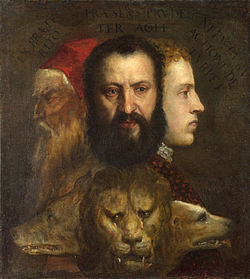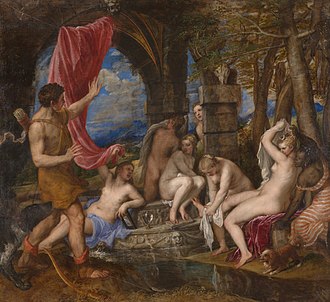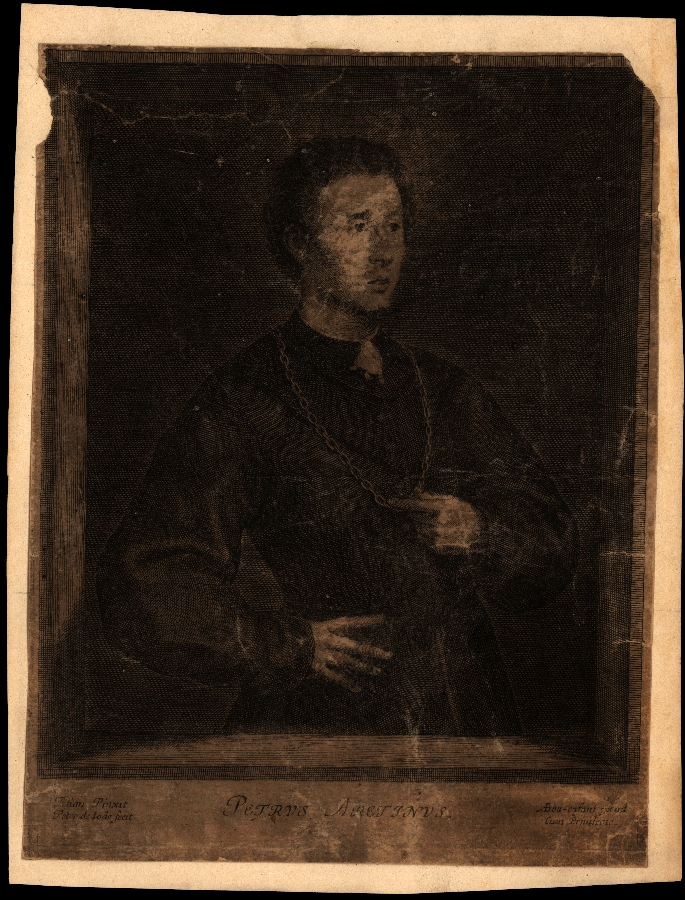Tizian
Back

Image source
Basic data
-
Vecellio, Tiziano Real Name
-
between January 1, 1488 and December 31, 1490 in Pieve di Cadore
-
†August 27, 1576 in Venedig
-
Künstler, Maler
-
Venedig, Bologna, Rom
Documents
Biographical information from the WeGA
No biographical data found
Biography not available due to one of the following causes:
- Data will be added at a later stage
- Research of the WeGA was without success so far
- It is a well known person where enough information is available online elsewhere, see e.g Wikipedia
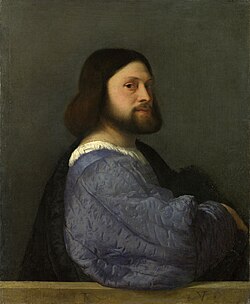



![Woman with a Mirror, c. 1515, Louvre.[45] (Source: Wikimedia) Woman with a Mirror, c. 1515, Louvre.[45] (Source: Wikimedia)](https://upload.wikimedia.org/wikipedia/commons/thumb/0/04/0_Portrait_d%27une_femme_%C3%A0_sa_toilette_-_Titien_-_Louvre_%28INV_755%29_-_%282%29.JPG/250px-0_Portrait_d%27une_femme_%C3%A0_sa_toilette_-_Titien_-_Louvre_%28INV_755%29_-_%282%29.JPG)


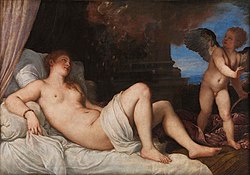
![Self-Portrait, (Berlin) dated variously from the mid-1540s to the early 1550s[73] (Source: Wikimedia) Self-Portrait, (Berlin) dated variously from the mid-1540s to the early 1550s[73] (Source: Wikimedia)](https://upload.wikimedia.org/wikipedia/commons/thumb/3/3b/Self-portrait_of_Titian.jpg/250px-Self-portrait_of_Titian.jpg)






